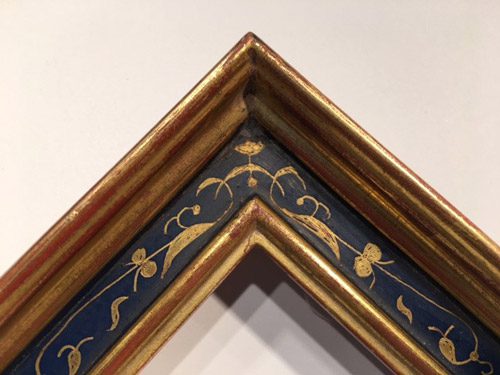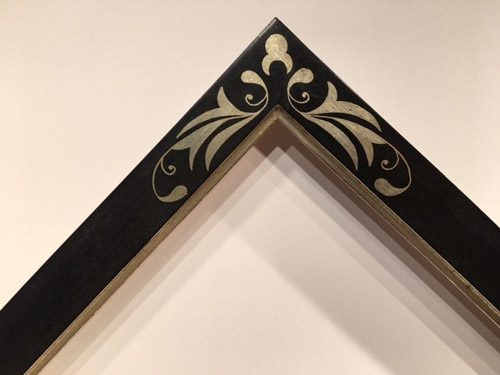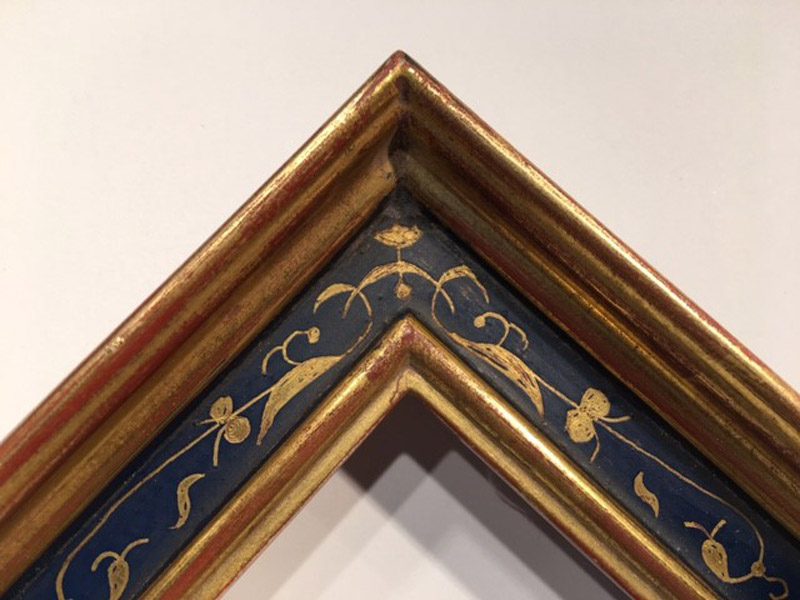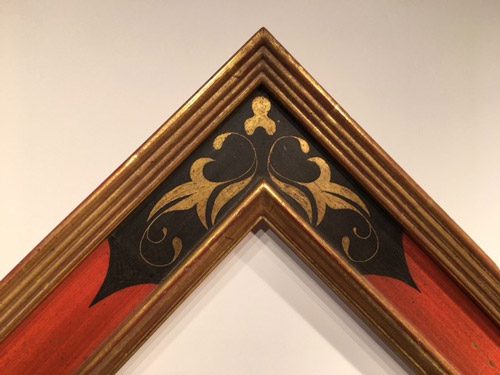The most traditional and oldest spelling appears to be the former, so that’s what we’re going with on this blog.
It is also more closely associated with the word’s Italian derivation. But both spellings seem to be used interchangeably and are accepted as correct.

It is a craft used in wall decor, pottery and can frequently be found in African art.
Sgraffito History
The origins of sgraffito are traced to the Italian renaissance where it played a significant role in its use on the exterior of buildings and palace facades. After its introduction in Southern Europe, Sgraffito made its way into art and architecture during the Northern Renaissance, particularly in Germany. Examples of sgraffito can still be found in places like Florence and Bavaria.
It also migrated to the Middle East where it became quite popular in Iran. It was especially employed in the Amol region of Iran where artists used elaborate images of birds and other animals in their sgraffito designs. So, you can see, it is not a craft that originated with a picture framer, but it was, in fact, readily adopted by frame makers as far back as the Italian Renaissance.
So what is it, already?
Well, for starters, Merriam-Webster defines sgraffito as “decoration by cutting away parts of a surface layer (as of plaster or clay) to expose a different colored ground”.
Sgraffito comes from the Italian word “graffiare” which means to scratch.
That really is the most important thing to remember about sgraffito. Scratch.
Sgraffito Picture Frames
Most sgraffito picture frames are crafted by layering gesso, a white paint mixture consisting of a binder mixed with chalk or other pigment, on top of a wood or plaster frame. This gesso is often covered with thin sheets of 24-carat gold leaf which can be a yellow gold or a white gold.
Then this gold-leaf layer is covered with some sort of colored paint. When the paint has dried, it is carefully and meticulously scrapped off in a deliberate pattern to reveal the gold substrate. The scraffito tool is made of a sharp metal blade attached to a wood handle.
The result of this scratching is a richly textured and layered design.
We should say here that although gold leaf is by far the most common and traditional substrate used in sgraffito, it is not the only application.
Sometimes a more-simplified version uses a coat of paint in place of the gold leaf.
This paint is left to cure on the surface before a second coat of a different color is applied on top of the first layer. The craftsperson uses the sgraffito tool to scratch out the design. The result is a color-on- color design with the same texture as the gold-leaf application.
The common thread is, of course, the layering and the scratching.
Sgraffito is often done to all 4 corners of the frame but it is not limited to the corners. It can be crafted all over the frame.
Some of our most elegantly crafted frames are done by a supremely talented craftsman we have found who takes an old-school pride in each frame he makes for us. These frames can take 2 months to deliver to the collector; there is no rushing sgraffito. But, even after 30 years of doing this, we still feel a deep sense of excitement when unwrapping one of these gems.
And so do the collectors when they finally see a sgraffito picture frame on their art.
Sgraffito frames are really something!
Frequently Asked Questions
What is the definition of sgraffito?
Sgraffito is a decorative technique that involves cutting away parts of a surface layer (such as plaster or clay) to reveal a different colored ground. The word sgraffito comes from the Italian word “graffiare” which means to scratch.
What is the history of sgraffito?
Sgraffito originated in Italy during the Renaissance and was used in the decoration of buildings and palace facades. It later spread to the Middle East and became popular in Iran. It was also adopted by frame makers and can be found in picture frames, wall decor, pottery, and African art.
What is the process of making sgraffito picture frames?
Most sgraffito picture frames are made by layering gesso (a mixture of binder and chalk) on top of a wood or plaster frame, then covering it with thin sheets of gold leaf, and applying colored paint. The paint is then meticulously scrapped off in a deliberate pattern to reveal the gold substrate, creating a richly textured and layered design. Some modern-day picture frame manufacturers use decals or paint patterns to imitate the sgraffito look, but the real technique involves layering and scratching.



